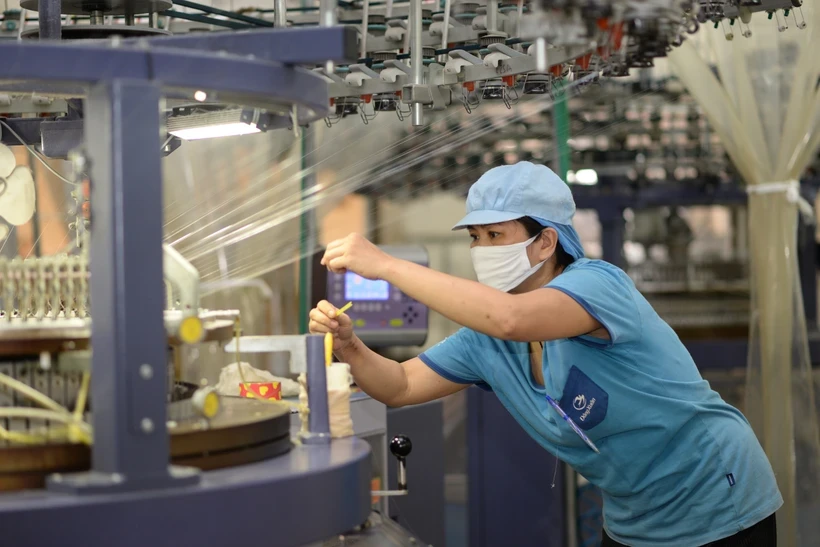
Intense competition, particularly trade tensions between major economic powers, has significantly impacted the export of many Vietnamese goods.
In the face of global economic fluctuations, textile and garment businesses are stepping up their marketing efforts, connecting with partners to expedite orders, and focusing on developing new markets to minimize future risks.
Find opportunities in risks.
In 2024, textile and garment exports reached approximately US$43.5 billion, placing Vietnam second in the world , after China. However, increasing protectionist trade policies from many countries could impact Vietnam's textile and garment industry.
Mr. Le Tien Truong, Chairman of the Board of Directors of Vietnam Textile and Garment Group (Vinatex), believes that the temporary retaliatory tariff policy of the United States will impact Vietnam's textile and garment exports. Although US inventories are currently low, orders in Q3 2025 may still be good, but Q4 2025 will decline due to decreased consumer demand for clothing in this market.
"Although the market remains volatile, current tariff negotiations are being implemented by product group, so there may be opportunities for Vietnamese textiles and garments," said Mr. Le Tien Truong.
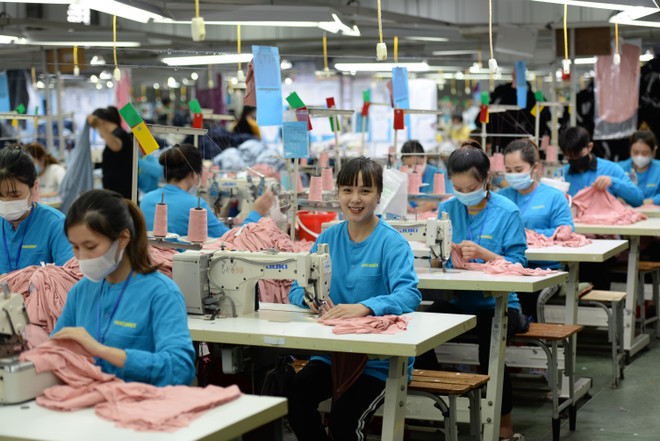
Statistics show that the US market accounts for approximately 35-40% of Vietnam's textile and garment export turnover, but to minimize risks, many businesses are focusing on developing potential customers.
Ms. Nguyen Hong Lien, General Director of Hue Textile and Garment Joint Stock Company, reported that production and delivery plans have been subject to significant fluctuations since the US announced the imposition of tariffs. Initially, some customers temporarily suspended orders, then requested accelerated progress when the 10% tariff was applied for 90 days. However, according to current calculations, the majority of orders for April, May, and June are still being fulfilled on schedule as originally planned.
Regarding orders for the third and fourth quarters, Hue Textile and Garment Company has filled its July orders. However, competition is likely to arise due to increasingly stringent evaluation requirements, especially regarding social responsibility, security, and quality management systems.
“Hue Textile and Garment continues to receive more FOB (Free On Board) orders in the third quarter. For fabrics imported from China, suppliers have agreed to share raw material costs, reducing them by 25-27% to retain customers and help overcome difficulties if tariffs are imposed. Customers anticipate that orders in the fourth quarter may decrease compared to the same period last year, depending on the segment,” said Ms. Nguyen Hong Lien.
Meanwhile, at Hung Yen Garment Factory, the company has received several requests from its partners. For Korean customers, although the order is not large, the company is currently negotiating a slight price reduction, expected to be around 1%.
Ms. Pham Thi Phuong Hoa, General Director of Hung Yen Garment Corporation, said that the company has planned to maintain continuous production until around mid-August and is continuing discussions to receive more orders. However, Hung Yen Garment Corporation anticipates that demand in the US market will continue to decrease slightly.
“From now until the end of July, especially in June and early July, the production situation at Hung Yen Garment Company is quite tense. The reason is that customers are demanding on-time delivery and are not accepting delays like in previous years. Delays in delivery pose many risks in terms of transportation and time, so during this period, the entire production system is focusing intensely on completing orders,” a representative from Hung Yen Garment Company added.
Leveraging competitive advantages
According to Vinatex's report, Vietnam's textile and garment exports in April 2025 reached US$3.64 billion, a 15% increase compared to the same period last year. Cumulative exports for the first four months of 2025 reached US$13.9 billion, an 11% increase compared to the same period last year.
Besides the US market, several key export markets such as Japan and Europe are also experiencing growth; therefore, businesses are stepping up negotiations with partners to boost exports to these markets.
Mr. Nguyen Hung Quy, General Director of Southern Textile and Garment Corporation (VSC), said that as of now, VSC has received enough orders to continue production until the end of August. Given the developments related to export tariffs to the US, VSC has proactively developed additional markets such as Europe and the UK. The proportion of orders from these markets in the last months of the year has increased significantly compared to the beginning of the year.
"Regarding market assessment, we believe that if the reciprocal tariff is negotiated to increase by 15-20%, it would still be an acceptable threshold for the Vietnamese market. We also recommend transparency in certificates of origin," a VSC representative said.
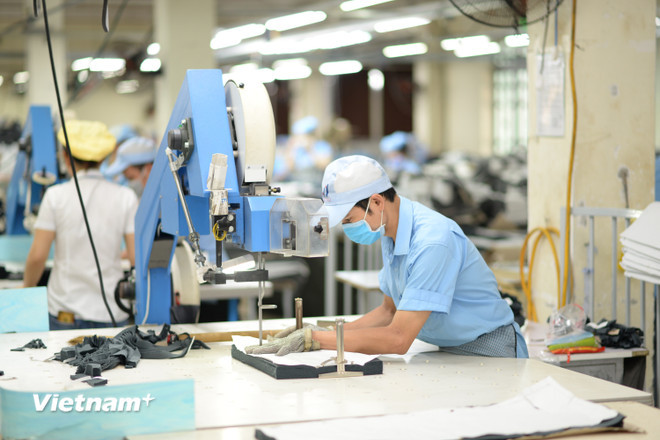
Ms. Nguyen Thi Phuong Thao, CEO of May10 Corporation, said that May10's orders are currently full until the end of July, with some items like jackets lasting until the end of August, and others until the end of the year. For orders placed at the beginning of July, customers are requesting earlier delivery times, leading to immense production pressure. May10 has had to organize flexible production and increase shifts to meet the demand.
"Currently, May10 is proactively seeking and expanding its raw material supply sources through connections with member units within Vinatex, as well as some businesses in India and Taiwan (China)...," a May10 representative said.
According to Mr. Pham Tien Lam, General Director of Duc Giang Corporation, in addition to taking advantage of the 90-day grace period for exporting goods during which the US postponed tariffs, Duc Giang is targeting potential markets such as Australia and Japan, and recently has seen positive signals from the Chinese market.
“In the US market, the textile and garment industry needs to find ways to avoid customer withdrawals or order reductions, maintain stable production, and avoid excessive pressure, especially on prices. Therefore, the appropriate direction is to focus on customers and brands with high added value, which also aligns with Duc Giang's capabilities and strengths. The company maintained stability until the end of July and is currently receiving additional orders for August and September,” said Mr. Pham Tien Lam.
Source: https://baoquangninh.vn/chuyen-minh-trong-bien-dong-toan-cau-det-may-viet-nam-day-manh-thi-truong-moi-3361145.html





![[Image] Central Party Office summarizes work in 2025](/_next/image?url=https%3A%2F%2Fvphoto.vietnam.vn%2Fthumb%2F1200x675%2Fvietnam%2Fresource%2FIMAGE%2F2025%2F12%2F18%2F1766065572073_vptw-hoi-nghi-tong-ket-89-1204-jpg.webp&w=3840&q=75)














































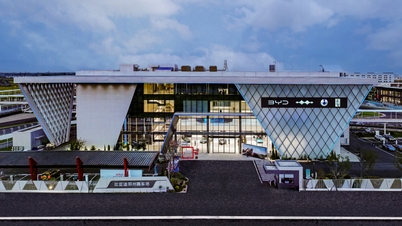





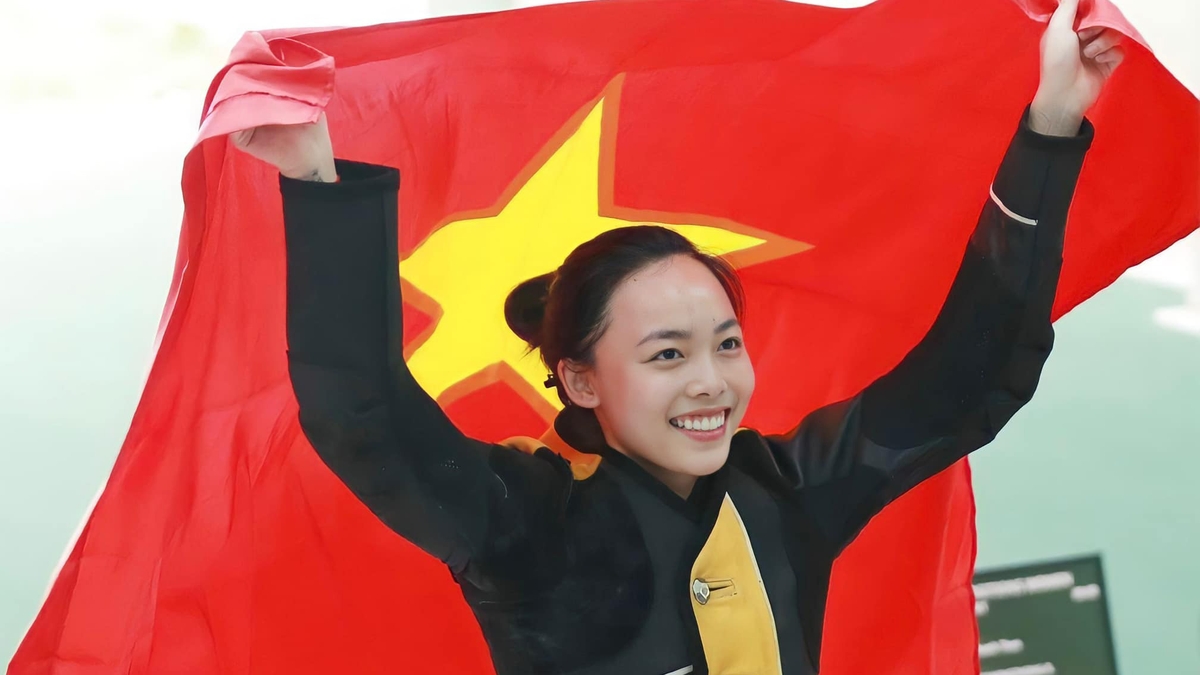

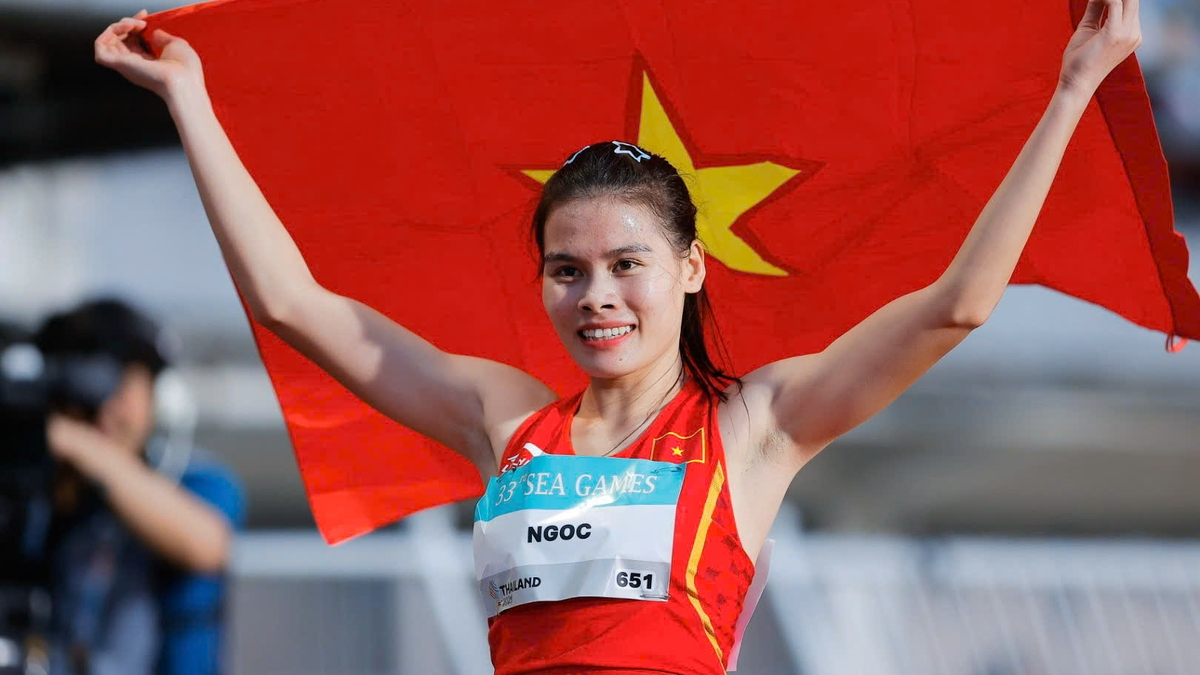


































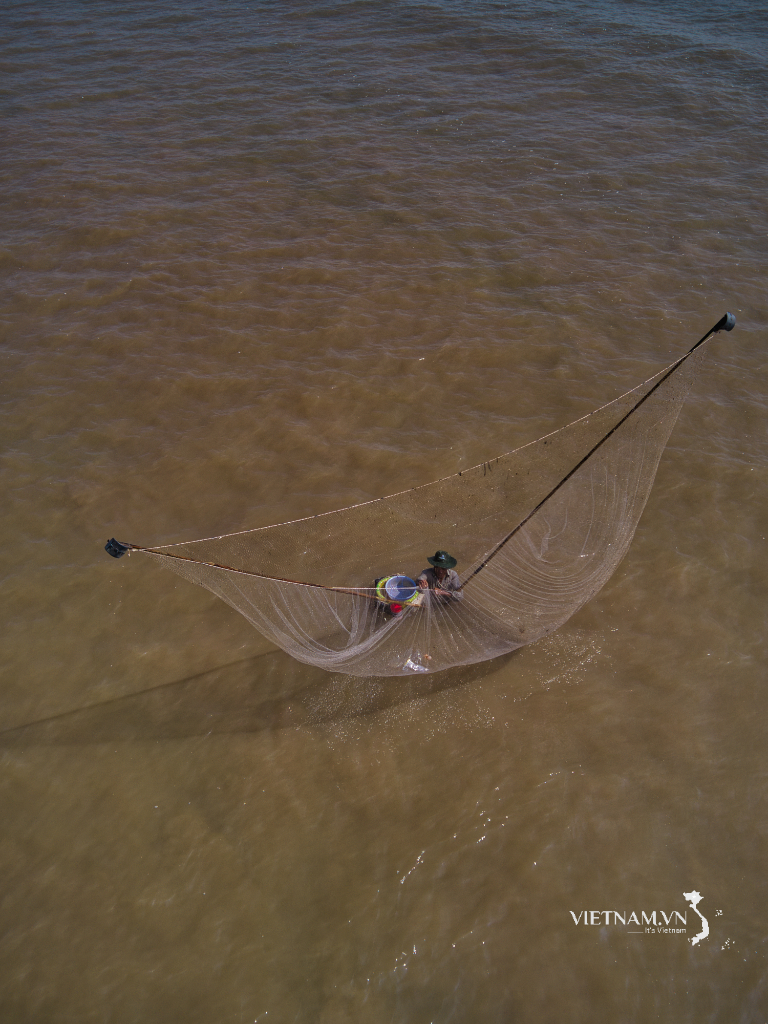

Comment (0)